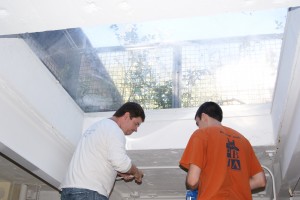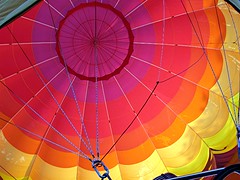This past Friday, I attended a workshop lead by Dr. Doug McKenzie-Mohr entitled “An Introduction to Community-Based Social Marketing: Fostering Sustainable Behavior.” As someone who’s personally very intrigued by the oftentimes overlooked (and dare I say critical) link between our everyday psychology and environmental sustainability, I was eager to attend. What I learned was both enlightening and somewhat anticipated.
In brief, humans, at least the populations Dr. McKenzie-Mohr has studied, tend to default to the easiest common denominator of behavior when it comes to environmentalism. Of course, this isn’t to say there aren’t outlier personalities who go above and beyond the “green” call, but overall, unless regulated to do so, or cajoled by neighbors or friends, most people will resort to the path of least resistance. Knowing this intrinsic behavior trend, Dr. McKenzie-Mohr was able to extrapolate on how to best create systems whereby these same individuals could easily do their part to create a more sustainable, healthy and balanced planet.
One interesting example is recycling. Initially in the 1980s, recycling was seen as a confusing burden to the majority of consumers. Today however, many people view recycling as commonplace and most US cities have recycling facilities in operation. Now, to what extent these materials actually are recycled is another policy issue altogether (Cambridge has historically recycled at a rate of 35% and now with added single-stream recycling, that’s expected to increase by 10-25% in recycling tons). Even so, the mere act of recycling, sorting out plastic from paper and glass from cardboard is today viewed as a commonplace action that requires little thought. So, how did this behavior change happen? Interestingly, Dr. McKenzie-Mohr cites community influence and social norms coupled with municipality engagement. If a person sees their neighbors, family members or friends recycling, they may begin to question their own behavior and adapt accordingly.
Energy efficiency and green energy demand is another example. Today, consumers have a multitude of product options from CFLs via utility rebates to energy-saving Energy Star appliances, but, as Dr. McKenzie-Mohr pointed out, there remains a disconnect between awareness of the the product’s existence, where to get the rebate for said product and product installation. These barriers may seem trivial, but they can lead to significant impacts, both environmentally and programmatically. During the workshop, Dr. McKenzie-Mohr cited an example of a user who purchased a low-flow shower head only to have it sit in a drawer due to installation confusion. It’s thereby key to not only increase awareness of energy efficiency products, but to educate the consumer on proper follow through behavior and maintenance resources to ensure the true benefit of the product is achieved.
In brief, sustainable behavior impediments can be boiled down to the following barriers: commitment, affordability, convenience, and incentives. The Cambridge Energy Alliance, like many local and national energy efficiency organizations, strives to reach consumers and the community via outreach and education and aims to address each of the mentioned barriers, which is a key first step. The critical next step is up to the consumer: application and follow through. Only then do they – and the planet – reap the true benefits of increased sustainable behavior.

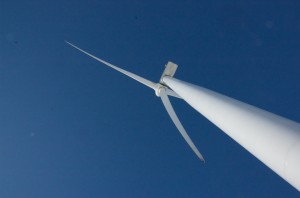
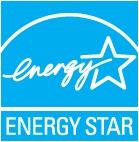
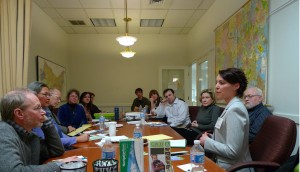


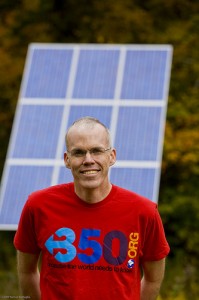 Under mounting pressure from 10-10-10 groups, 350.org’s Bill McKibben, and various other environmental activists, the Obama Administration
Under mounting pressure from 10-10-10 groups, 350.org’s Bill McKibben, and various other environmental activists, the Obama Administration 
